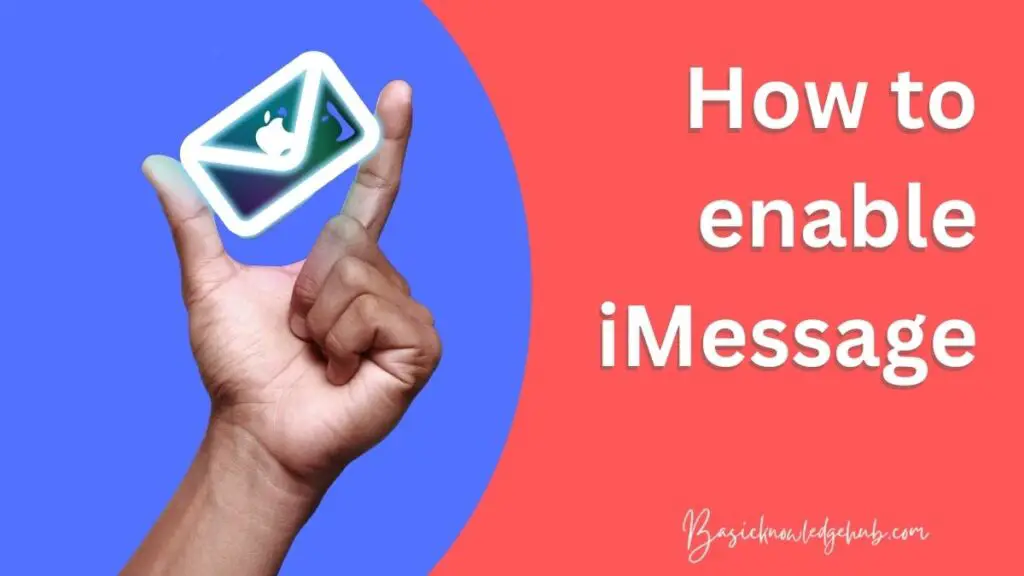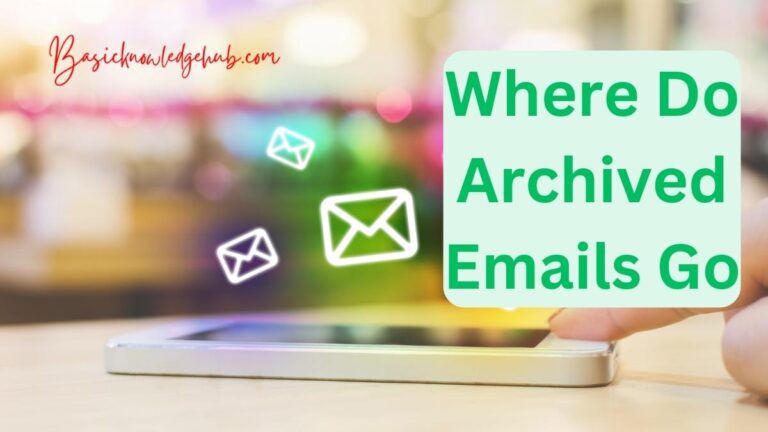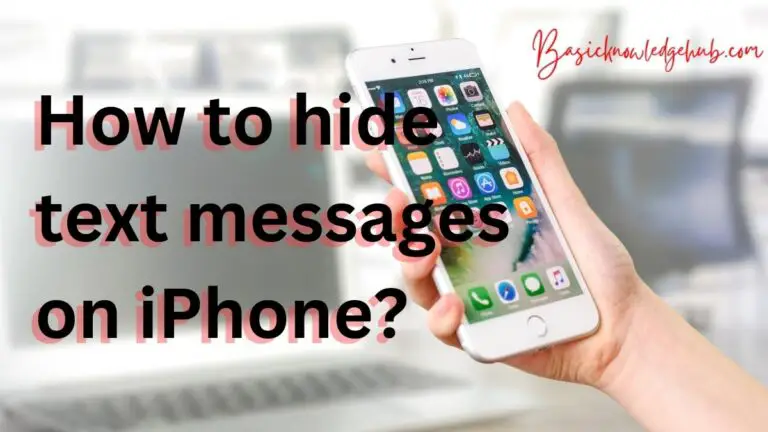How to enable iMessage?
Do you want to use iMessage with your iPhone? Don’t know where to start? You will learn how to set the iMessage app up to send messages and photos to your family and friends. Follow this step-by-step guide for how to enable iMessage in iPhone.
Messaging is the most important form of communication in today’s world. You can send messages from any device, and even across multiple platforms. It’s amazing to think that you can send messages directly from your watch. It’s incredible how technology has advanced over the years. Our mobile phones already have the SMS messaging system. We use this system for short messages to be sent across mobile networks, without having to use the internet. Why do we use web-based messaging apps such WhatsApp and Messenger?
It’s simple. They let you send more detail and allow for multi-media files to be shared across multiple devices. This makes them more popular than the SMS system. Apple realized this early in development, and released iOS 5 with their own messaging app called iMessage.

iMessage became a big hit instantly and was one the most distinctive selling points of iPhone. With the release of iOS 8 and subsequent updates, it has been greatly improved. It allows you to send encrypted messages over the Internet to your contacts, with multimedia support. It is an essential feature that makes our iPhone so special. You will need to activate your iMessage app if you purchased a new iPhone. This will allow it to work with all its wonderful features. Let’s now look at the details.
What is iMessage
iMessage is an iPhone feature that allows you to send text, documents and photos across iOS and macOS devices. iMessage uses the internet to communicate with other devices and has its own privacy and data protection features. Apple has claimed that the product is secure and user-friendly.
Apple’s iMessage messaging app is privacy-based and secure, which is why it is so different from other popular apps like WhatsApp. iMessage can be used within a set of parameters. When your phone doesn’t have an internet connection, a message will be sent using iMessage. If this is not done and the receiver does NOT have active internet, then the messages are stored in the server until they can be connected to the internet.
iMessage is compatible with all Apple products. It supports multi-platform message sharing. iMessage works with iOS, macOS OS, watch OS and iPad OS. It cannot be used with other platforms than Apple devices. Your iMessage will not be sent to anyone who does not have an Apple product.
What does enabling iMessage do in an iPhone?
iMessage works simultaneously with the Messages App and SMS system. Both the Messages and SMS apps can be used simultaneously from the iPhone’s Home screen. You must access iMessage before you can send or receive messages. Your iMessage application must first be set up. It is essential to enable iMessage so you can use its features.
To activate your iMessage, connect your iPhone number to the Apple ID/iCloud ID. After connecting, you will be able to send multimedia messages as well as receive them from family members and friends. Ensure you have a connection to your Wi Fi or cellular network to enable iMessage. You won’t be able to access it without it.
If your iMessage isn’t active on your device, then the messages app will only function as an SMS messaging application. Look at the colors of the SMS messages coming from or iCloud. The iMessage message bubbles will be blue and the SMS messages a green.
You can also be assured that your daily SMS allowance and daily SMS limit will not be used for iMessage messages. You can send as many messages you wish and still keep in touch with your contacts. Also, You can send stickers and digital art to the iPhones with the latest version. This makes your conversations more interactive.
Enable iMessage on iPhone
Now that you understand what iMessage is, it is time to enable it in your iOS device. It will need to be manually activated in order to take advantage of its incredible features. If you have already created your iPhone using an Apple ID, you won’t have to enable iMessage for it. Your iPhone will already be setup and ready to go in Apple’s messaging app. You’ll notice that iMessage isn’t sending the messages as intended. Let us now show you how to activate iMessage in your iPhone.
Steps:
- Open Settings on your iPhone by going to the home screen.
- Swipe to the left to reveal the “Messages” tab in the list. It should appear as a green app with a white message icon. Open the app.
- The “Messages” menu will contain a toggle named “iMessage” that has a toggle off. To activate the switch, push the toggle button green.
- Go to the home screen of your iPhone and open the Messages App.
- Check that you have an internet connection. Send an email to your contact using iPhone to check if the message is being sent in a bubble blue color.
Follow these steps to enable iMessage for your iOS device. You can then use it to send messages and photos to your family and friends.
How to use iMessage across multiple devices?
iMessage supports cross-platform message delivery and works with all Apple products, as you know. This means that you can send a text message from your iPhone to all other devices that have the Apple Id and are connected with the Apple Ecosystem. This allows you the flexibility to use different devices for receiving and sending messages.
You can take your iPhone along with you on a run. It is possible to not stop exercising if you get an iMessage from a friend. What are you going to do? You can reply to that same message using your Apple watch. It will also reflect on your iPhone. Amazing isn’t it. You will need to activate iMessage on all your Apple devices in order to use this cross platform feature. Let’s look at how you can have a conversation on multiple devices with iPhone. Also, how to use iMessage on multiple devices.
Steps:
- Go to settings on your Apple device. This works for all Apple devices such as iPhones, iPads and iPods that include iMessage.
- Locate the “Messages Tab” tab and click it to open it.
- Find the tab “Send and Receive” in the “Messages” menu.
- Select both the phone number AND Apple ID. You can connect the device you want with the same Apple ID.
- If you connect multiple devices to an apple ID, you’ll find a button under “Messages”, called “Text message forwarding”.
- Select which devices can use iMessage on your iPhone. You can send and receive texts. You can enable this feature on only the devices you desire.
Following these simple steps, you can set up your iMessage across multiple Apple devices. It can also be used to send and receive messages across multiple platforms. Make sure all your devices have internet access. The same messages will appear on all the devices you have authorized iMessage for.
How can I save iMessages to iCloud?
You now know how to send and receive messages from your Apple devices. This can be used to send iMessage across different platforms. You might want to save space and send large data messages to family members or friends. Perhaps you’d like to save storage on all your devices, but still want to have your favorite messages available as a backup. Apple’s iCloud allows you to do just that. This allows you to back up and store your messages on your iCloud account. You can also use them on any Apple device with the same Apple Id.
You don’t have to worry about your messages being stored and used by apple. These messages can only be used by you and those devices that have an Apple ID. All Apple products that support iMessage can access the stored iCloud Messages. This includes iPhones, iPads Macs, Macs, and all iPods that have iMessage. Let’s look at the steps to save Messages in iCloud.
Steps:
- Go to the Settings section of your iPhone.
- Under the Settings menu, click your profile to display your profile picture and Apple account details.
- In your Profile Menu, click on the tab “iCloud”, which is located under Subscriptions.
- Scroll down until you find the “Messages” toggle, which will be disabled automatically. That toggle can be switched on.
This will enable you to activate messages from your iCloud iPhone, iPad, and iPod.
Mac:
Steps:
- Open Messages with your Mac
- Click on Messages to open the menu bar.
- Click on “Message” to open the Preferences tab.
- Select iMessage under the “Preferences” menu.
- Click the checkbox to enable Messages on iCloud.
You will be able upload your Messages to the iCloud from your Mac.
Conclusion
I hope this article helped you understand how to enable iMessage and use it across multiple devices. Make sure you have iMessage enabled on your iPhone and that you have internet access. You can also access your iCloud to update your messages.
For more information on iMessages for iPhone, please visit the frequently asked questions below.
FAQs
When activating your iMessage you might see error messages like “Waiting For Activation” and “Unable to Contact the iMessage Server.” Retry again. Follow the steps below to make another attempt.
If you are having trouble activating your iMessage, Apple may be experiencing a technical issue. Wait 24 hours before Apple can resolve the problem.


